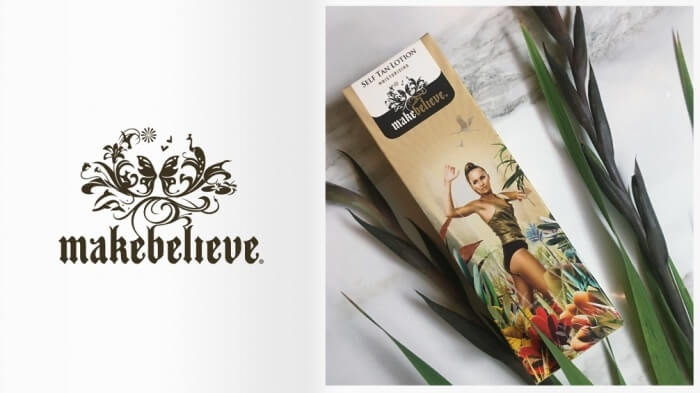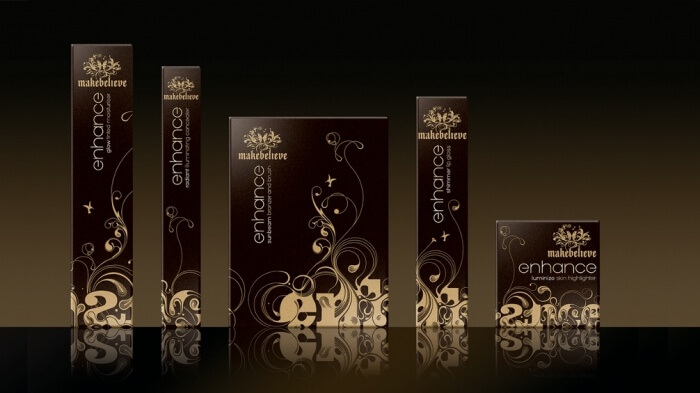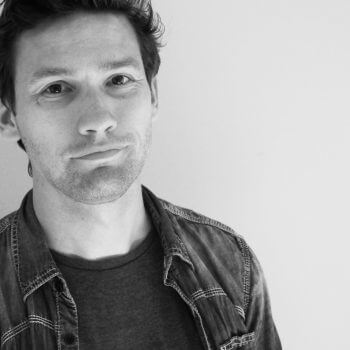How To Build A Successful Beauty Brand
Beauty is booming, but it's an ultra-competitive market full of mega brands. Can you cut through?

Trends come and go, technology moves at the speed of light – but one thing that never changes is the desire to be beautiful. It spills over into everything: we don’t just want good looks, we want to be surrounded by good-looking products that will enhance us.
Success looks good
The beauty industry is thriving: one recent report puts its worth to the UK economy at £17 billion. And it is growing: consumers are expected to spend an average of £342.90 each on beauty and skincare this year, which is a record high.
This is a great opportunity for those in the industry, or those hoping to break in. But it’s a daunting world. In the beauty industry, the power of the big brand is enhanced by celebrity endorsement. It’s tempting to fear that if you can’t get your product into the hands, or onto the face, of Gwyneth or Angelina, you can’t compete. That simply isn’t true.
Passion
One thing trumps even big brands and big bucks, and that’s passion. You’ve got to have it, and you’ve got to show it. Companies that say “we’ll just do a gin, or we’ll just do a face cream, because that’s what’s selling well at present” – forget it, the consumer will sense the lack of conviction, and with so much competition, why would anyone spend money on a product that even the creator doesn’t believe in?
Two years down the line if there’s no backstory – no influences and excitement to communicate – you can’t dream one up. Even a multinational can have true passion – and even a lone entrepreneur can lack it.
Conversely, we live in an ever-increasingly visual world, which is your opportunity to blaze your belief in your product across people’s internal screens. Convince them that everything you are selling comes from a genuine desire to make them look younger, better and healthier, and that you have the expertise to do it, and you won’t need a ‘House of’ or an A-lister behind you.
You have to look good to succeed!
Nobody will believe that you can make them look great if your own product doesn’t. You don’t need complexity – in fact several really successful brands that came from nothing, such as Jo Malone and Eve Lom, have made a virtue of simplicity. However, that doesn’t mean they’ve scrimped; far from it. As any celebrity endorser could tell you, it takes money to look this good.
What’s in a name? Everything
Big brands win, first and foremost, because they are trustworthy – people know what they are going to get. When launching a brand from scratch, a strong foundation is everything. It’s essential to tell the consumer who you are, and to give them confidence in your integrity. A lot of the time, that comes down to the founder, but every single time, it comes down to the name.
The power of the right name means it is vital to design the whole campaign from the very start. Bring in a branding agency after the name is decided on and you are asking them to do the impossible, which is to make something seem holistic that is, in fact, piecemeal. That disjuncture will put your brand in a difficult place when you’ve barely begun.
Know your consumer – and share that knowledge
At the time we came to design Makebelieve self-tanning range, the prevailing wisdom was that fake tan was all about preparing for the beach. Our research told us that actually, it was part of a year-round beauty regime: people were applying it before they went out. It was a fashion item, not seasonal at all.
So we looked at names that gave a sense of dressing up, changing your appearance, and escapism. And we designed the packaging to cohere with that idea.
We found a brand called Fake Bake, which was certainly telling it like it is! But it was popular with some young people who found the bluntness of the name edgy.
So we came up with “Makebelieve”: somewhere between all that beach-centred self-tan messaging and the crassness of Fake Bake. Makebelieve would be self-tan not fake tan, and naturalism would become a fundamental part of the brand.
And the product and packaging emphasised the rainforest: a moisturising blend of oils, a lovely fragrance, back when most of these products smelled awful. The packaging was carefully designed to communicate with the consumer, as all quality packaging should: signs, symbols, colours even textures, all intended to convey the message that this will make you look good, smell nice and feel great.
Make sure of your ground
There are a lot of talented individuals and companies out there, with a great idea – all they lack is brand expertise. Bring a branding agency in from the beginning and you really have the opportunity to build your brand – starting, as we’ve seen, with the name.
However, there’s no point finding the best, most appropriate name, and designing the perfect packaging to go with it, unless you own the rights to that name. It sounds obvious, but a lot of the best names are owned, and it’s vital to make sure of yours – particularly if you want your brand to expand internationally.
Tie up the rights
With Makebelieve, ever restless we swiftly followed up the core range with the UK’s first self-tan make-up range and a mid-priced range for Boots. These were both examples of naming where we decided on the most engaging names only to discover through legal searches they were already registered – although most importantly not in use.
We felt it was worth pursuing and approached both the owners to ask if they would release the names or allow us to purchase them for a reasonable fee. This was the case for ‘Enhance’ owned by a small independent, and ‘Little White Lie’ owned by a multi-national. Both cases proved relatively easy to negotiate a fair outcome, proof that if have the desire you may be able to get the name you want.
It’s essential to be social
Packaging has always been important, but in these days of Instagram and Facebook, it’s only getting more so. People are hungry for new experiences, for novelties to talk about, photograph and share. There’s the instant hit: will consumers like your look enough to share it on social media? And then there’s the long-term plan. The long-term plan is where companies like the Zenpack packaging company come into play, offering innovative and customizable solutions that not only stand out visually but also speak to the sustainable and ethical values that modern consumers are increasingly drawn to.
These are products people keep for months or years, unlike FMCG purchases that are here today, gone tomorrow. If the consumer doesn’t want to put your product on their dressing table or shelf, they won’t want to put it in their shopping trolley.
Don’t forget to look beneath the surface
A great name and packaging will compel people to try your product once, and share it on their social channels. But they need to love what they buy. Brand loyalty works via social media and trusted peers – ambassadors, industry writers or bloggers, role models and peers.
You can make those people love the outside (in fact, given that your products are all about external good looks, you’d better).
But you can’t persuade them to rave about a product that is substandard – and your branding will be a lot better if it stems from the original creative idea that makes the product so great. So, focus hard on the overall package, but don’t forget the content. Beauty is a lot more than skin deep.
Tom Hearn is business director at Nude Brand Creation.
Thanks for signing up to Minutehack alerts.
Brilliant editorials heading your way soon.
Okay, Thanks!




